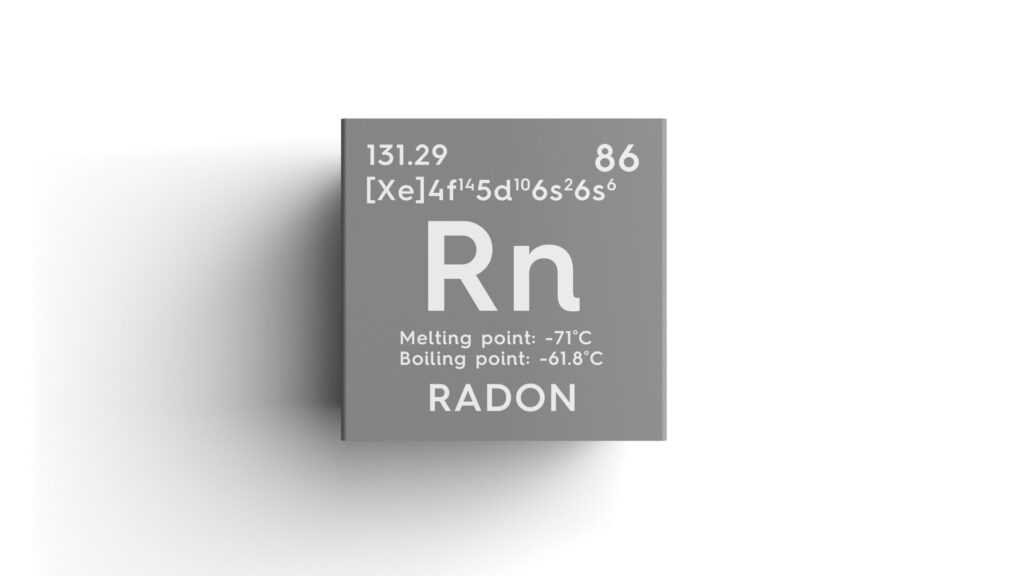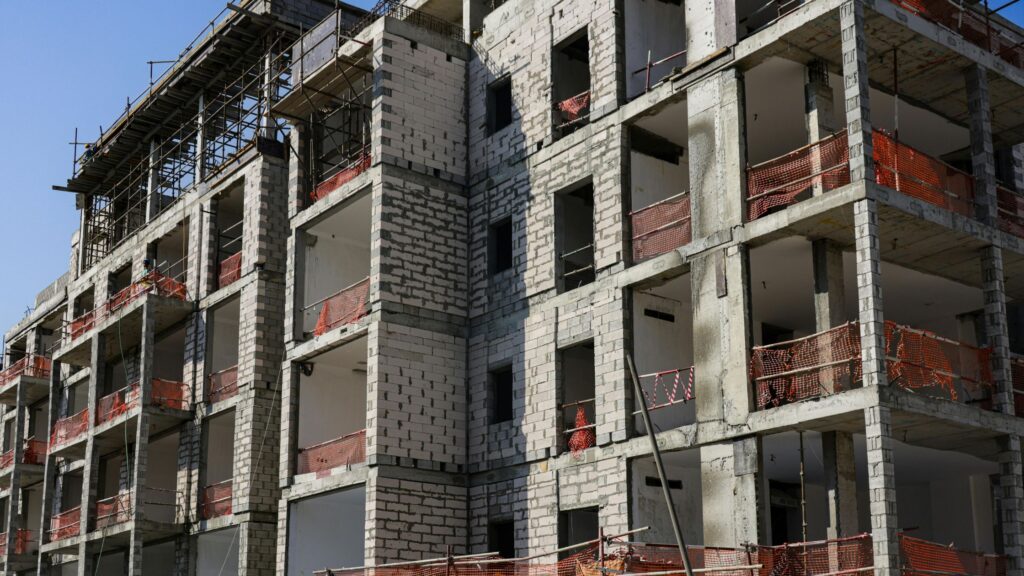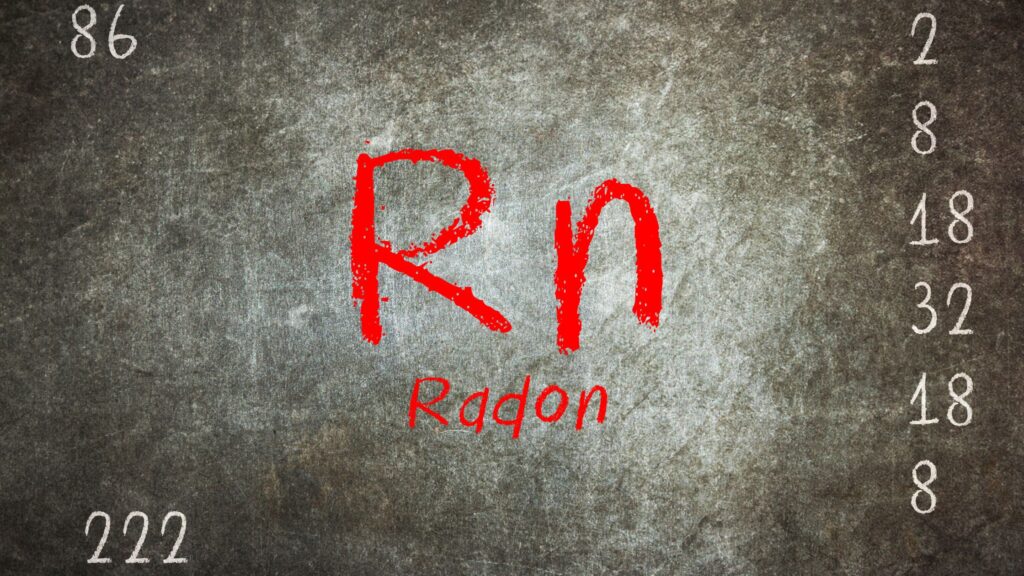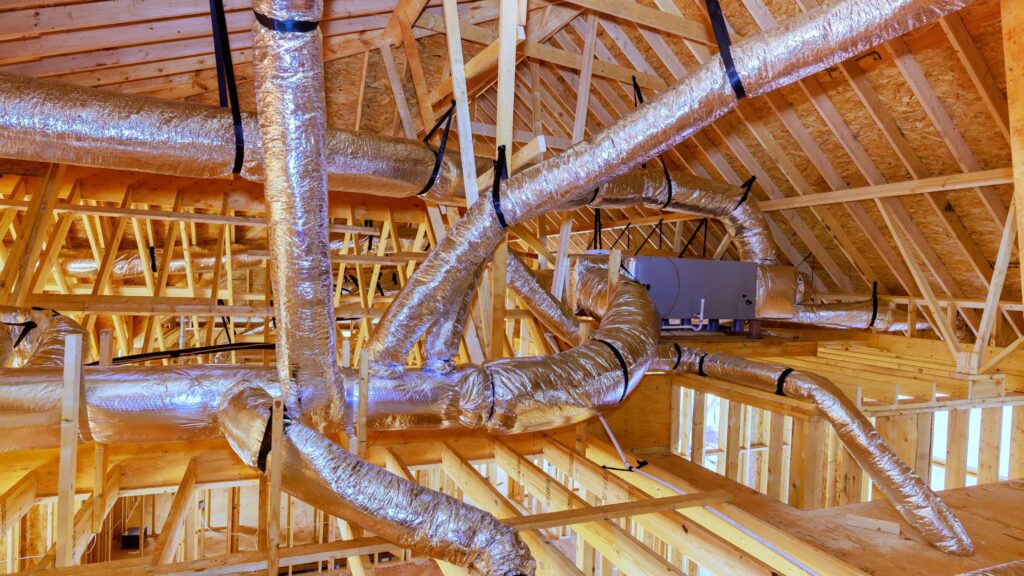Radon is a naturally occurring radioactive gas that can seep into homes from the ground. Since it is colorless, odorless, and tasteless, detecting it without proper testing is impossible. According to the U.S. Environmental Protection Agency (EPA), radon is the second leading cause of lung cancer in the United States, responsible for approximately 21,000 deaths each year. Understanding that radon is harmful is crucial for homeowners because prolonged exposure to high radon levels can lead to serious health problems. Regular testing and effective mitigation are essential steps to ensure your family’s safety and maintain a healthy indoor environment.
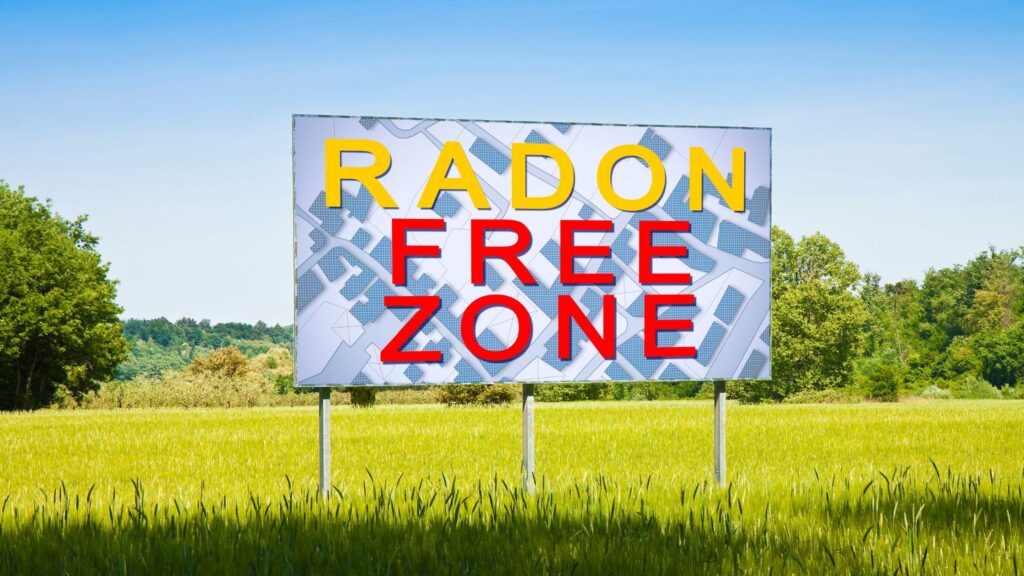
What Is Radon?
Radon is a naturally occurring gas formed when uranium, thorium, and radium in soil, rocks, and groundwater break down. It can enter homes through cracks in floors, walls, or foundations, making it difficult to detect without proper testing. Because radon is both invisible and odorless, the only reliable way to know if it is present is through testing. Even low levels can accumulate over time in enclosed spaces, increasing potential health risks. Regular testing is the most effective way to determine whether radon levels are safe and serves as an essential first step in understanding whether radon is harmful in your home. Learn more about First Signs of Radon Poisoning in Your Home.
Health Risks of Radon Exposure
- Lung Cancer Risk: Radon gas can damage the DNA in lung cells, leading to mutations that may eventually develop into cancer. Prolonged exposure increases this risk, making radon a serious health concern for all members of the household.
- Non-Smoker Risk: Radon is the leading cause of lung cancer among non-smokers, meaning that even those who have never smoked are at risk. Testing your home is essential to ensure the safety of everyone living there.
- Smoker Risk: Smokers exposed to radon face an even higher combined risk of developing lung cancer, as the harmful effects of radon and smoking amplify each other.
- Long-Term Exposure: Even moderate radon exposure over many years can be hazardous, gradually increasing the likelihood of serious lung conditions.
Understanding is radon harmful and underscores why regular testing and effective mitigation are critical steps to protect your home and safeguard your family’s health.
How to Know If Radon Levels Are Dangerous
Radon levels are measured in picocuries per liter (pCi/L).
- EPA Action Level: If radon levels in your home reach 4 pCi/L or higher, the EPA recommends taking action through proper mitigation to protect your family’s health.
- No Safe Level: Even radon levels below 4 pCi/L can pose health risks over time. So it’s important to remain vigilant and monitor indoor air quality regularly.
- Testing Methods: You can test your home using short-term or long-term radon kits, or hire certified professionals to ensure accurate and reliable results.
Testing is essential to determine whether radon is a threat and helps answer the question radon is harmful in your home.
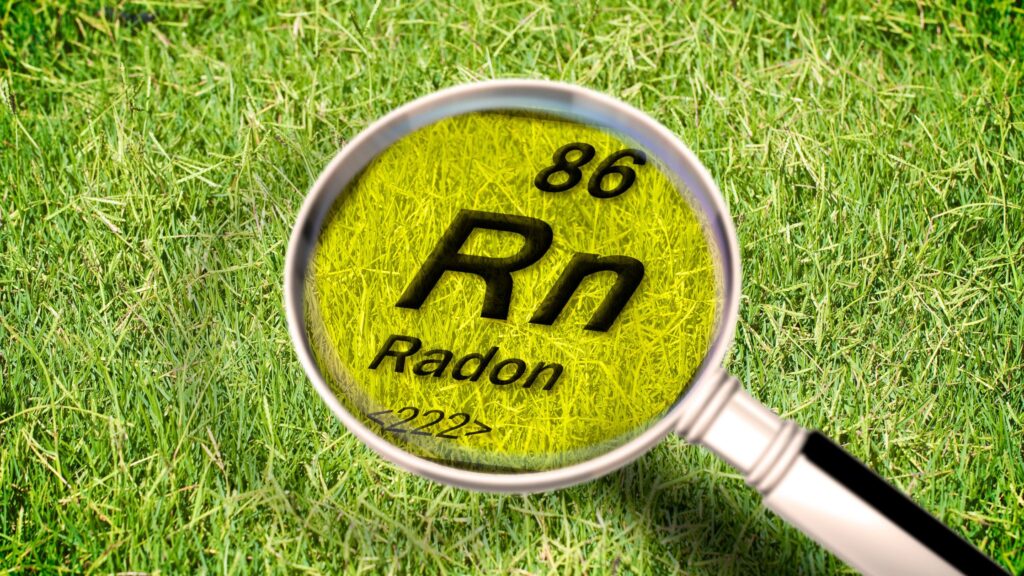
Mitigation Methods for Radon
If elevated radon levels are detected, mitigation can help reduce exposure and protect your family.
A. Active Soil Depressurization (ASD)
Active soil depressurization is the most widely used and effective method for radon mitigation. This system installs a vent pipe with a continuously running fan that draws radon gas from beneath the house and safely releases it outside, preventing the gas from accumulating indoors. It is highly reliable for maintaining low radon levels in most homes.
B. Sealing Cracks and Openings
Sealing cracks in floors, walls, and foundations helps limit radon entry into your home. While this approach alone may not completely solve the problem, it works best as a supplemental measure alongside active mitigation systems. Enhancing their overall efficiency and effectiveness.
C. Improving Ventilation
Improving ventilation in your home increases air circulation, which helps reduce radon buildup. This method is particularly effective when used together with other mitigation techniques, providing an extra layer of protection against radon exposure.
D. Professional Installation
Hiring certified radon mitigation specialists ensures that the system is properly designed and installed for long-term effectiveness. Regular follow-up testing confirms that the system continues to operate efficiently and keeps radon levels safely low, providing lasting protection for your household.
Implementing these measures can significantly lower radon exposure, directly addressing the important question: Is radon harmful?
Why Addressing Radon Is Important
Taking action against radon is essential for maintaining health and safety.
- Protects Health: Proper radon mitigation significantly lowers the risk of lung cancer for everyone living in the home. Reducing exposure to harmful radon gas provides long-term health protection and peace of mind for your entire family.
- Improves Indoor Air Quality: Mitigation systems remove radon and other soil gases from your home. Which helping to maintain cleaner, fresher, and healthier indoor air. This creates a safer and more comfortable environment for everyday living.
- Enhances Peace of Mind: Knowing that your home is effectively protected from dangerous radon exposure allows you and your family to live confidently. You can enjoy your space without worrying about the long-term health risks associated with radon.
- Long-Term Safety: Even homes with high radon levels, basements, crawl spaces, or complex layouts can benefit from professionally installed and properly maintained mitigation systems. Ensuring reliable, lasting protection for years to come.
Understanding radon harmful highlights why homeowners should take radon risks seriously and not delay testing or mitigation.

Conclusion
Radon is indeed harmful, especially with long-term exposure, and taking proactive steps is essential to protect your family’s health. Understanding the risks and acting promptly can ensure a safer and healthier indoor environment.
For professional radon testing and mitigation, DSM Radon offers expert services. Their experienced team specializes in both air and waterborne radon mitigation. Providing customized solutions for homes in Des Moines, Ankeny, Johnston, and nearby areas. DSM Radon delivers reliable, effective, and safe mitigation systems, helping homeowners achieve peace of mind and long-term protection. To learn more or schedule a consultation, visit DSM Radon.

